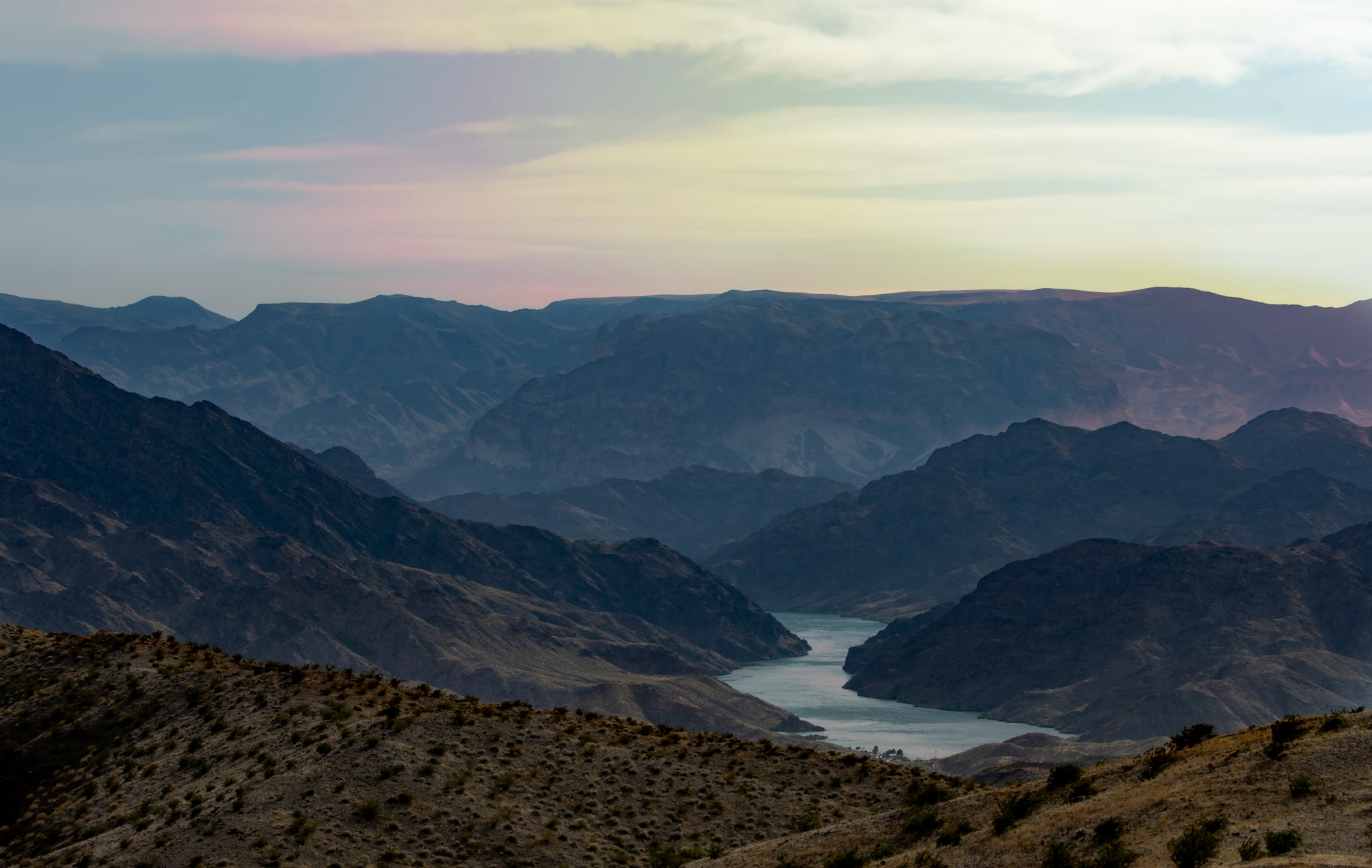Historic Drought Forces Federal Restrictions on Colorado River
On Tues., the US federal government announced that the Colorado River will now operate under 'Tier 2' shortage restrictions for the first time as the western US faces a historic drought.

Facts
- On Tues., the US federal government announced that the Colorado River will now operate under 'Tier 2' shortage restrictions for the first time as the western US faces a historic drought. The designation requires Arizona, Nevada, and Mexico to further reduce their use of the river system starting in January.
- The Tier 2 shortage was issued for Lake Mead, an important reservoir for the river's water system that has dipped to dangerously low levels.
- Ariz. will have the largest restrictions and must reduce its annual usage by 21%. Nev. will be required to reduce its annual usage by 8%, and Mexico will need to slash its annual usage by 7%.
- The Colorado River runs 1,400 miles from the Rocky Mountains to a delta in northern Mexico and provides water for 40M people. The river now faces an unprecedented 22-year drought that has the region at its driest in over 1,200 years.
- The amount of water that needs to be conserved, 4.2M acre-feet annually, could fill Lake Okeechobee each year.
- While California also gets water from the Colorado River, the drought has not reached a level of severity that would require a reduction in that state.
Sources: CNN, Axios, CBS, and Newsbud.
Narratives
- Narrative A, as provided by Newsbud. These restrictions are exacerbated by Colorado River Basin states failing to devise their own water conservation plans. The federal government asked the states to prepare a plan in June for this climate-catalyzed drought, and they failed to do so. The federal government had no choice but to enact these measures when state governments didn't develop innovative measures to tackle the crisis on their own.
- Narrative B, as provided by Colorado Sun. State agencies and nonprofits recognize that these federal restrictions are a band-aid to buy more time. Ultimately the solution - to reduce water consumption across the region - will come from state and local levels. This is an unprecedented crisis, and states and local governments will be the ones to take on the mantle of water sustainability in the long run.






